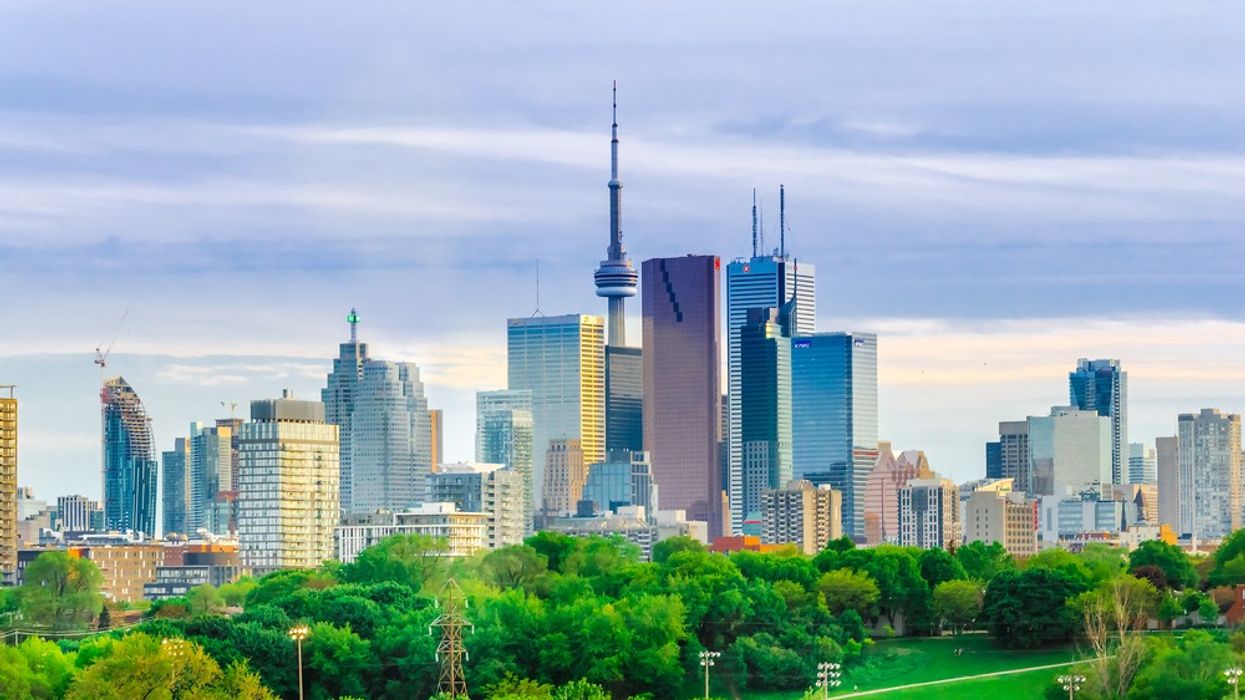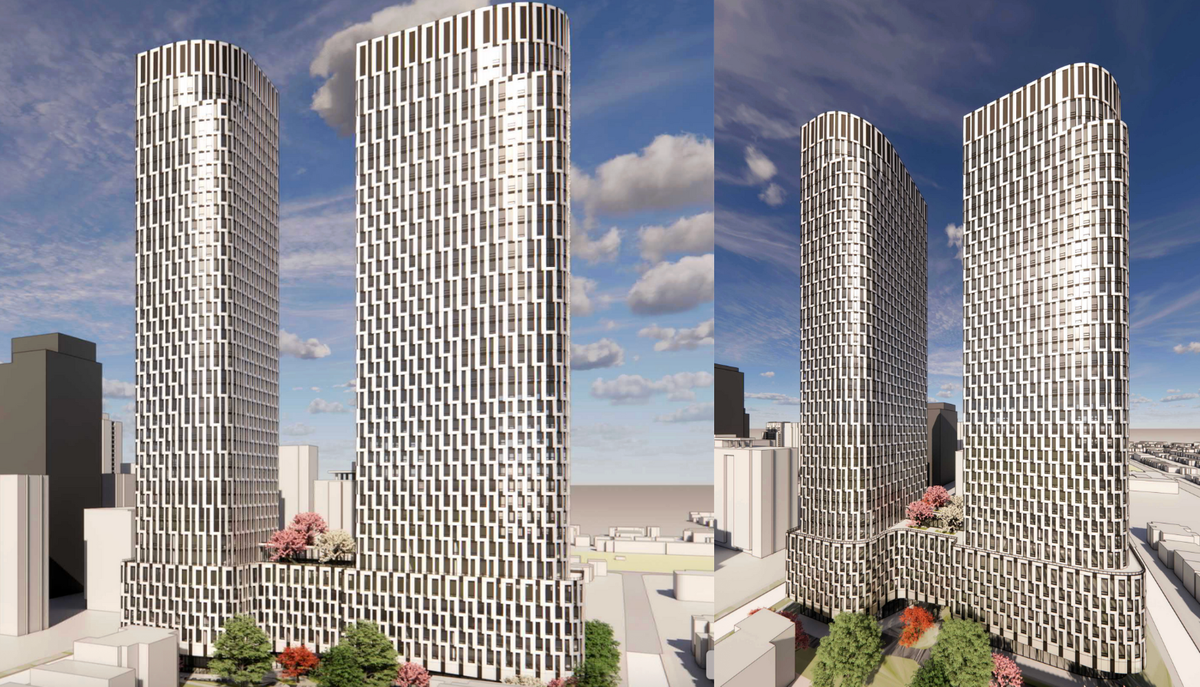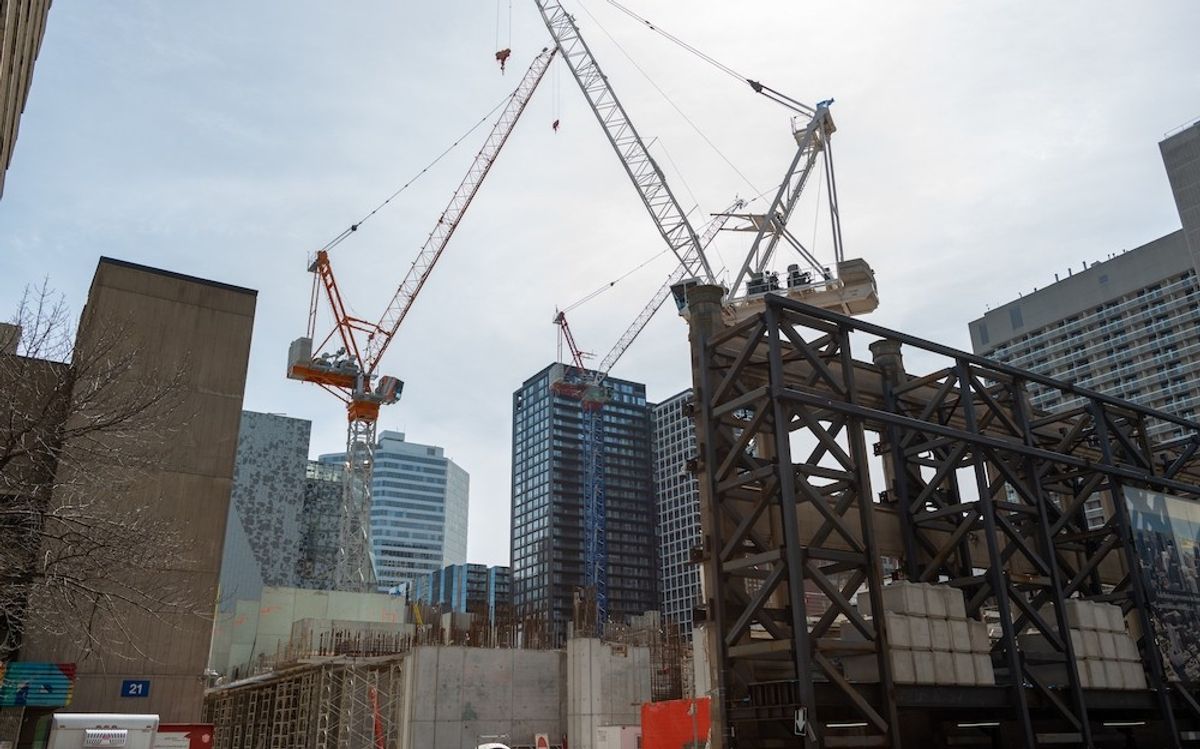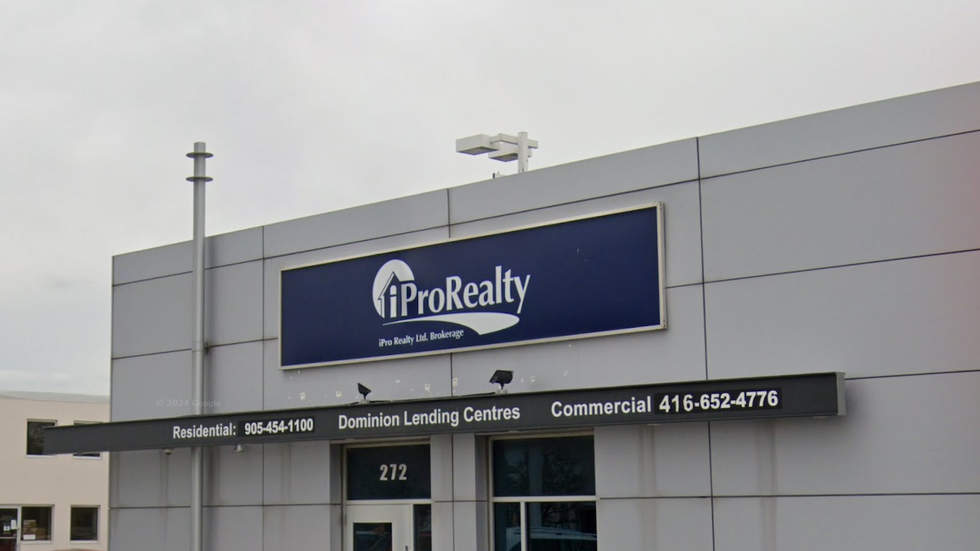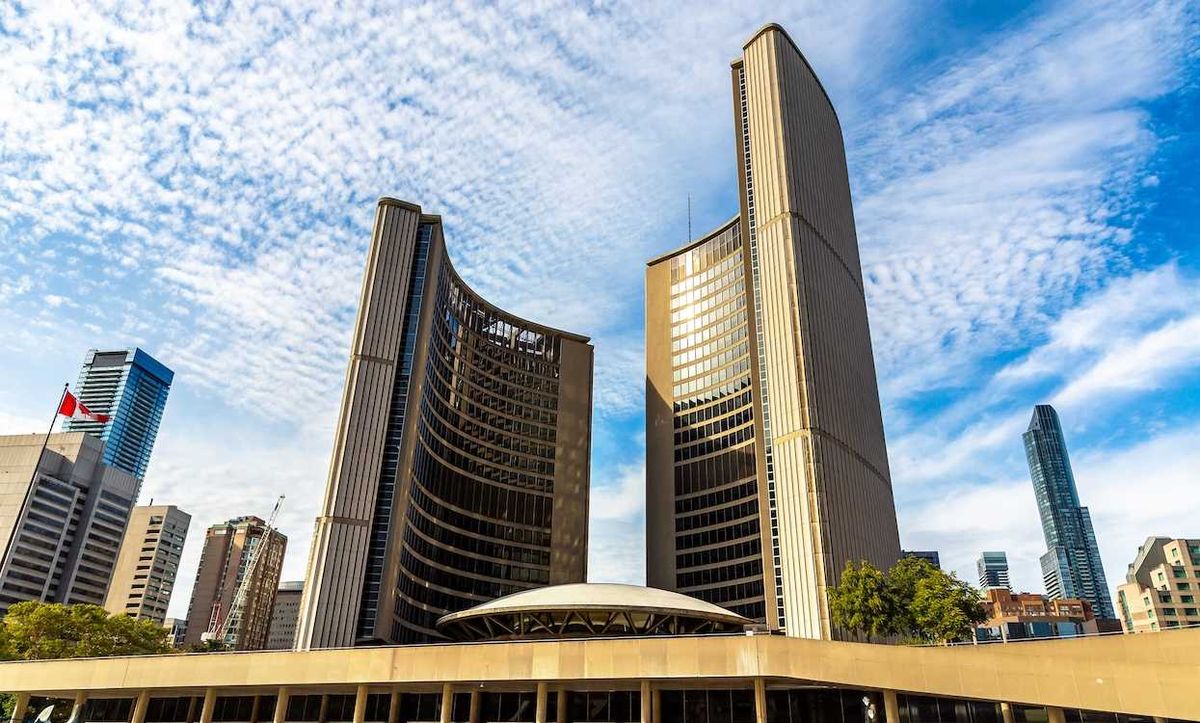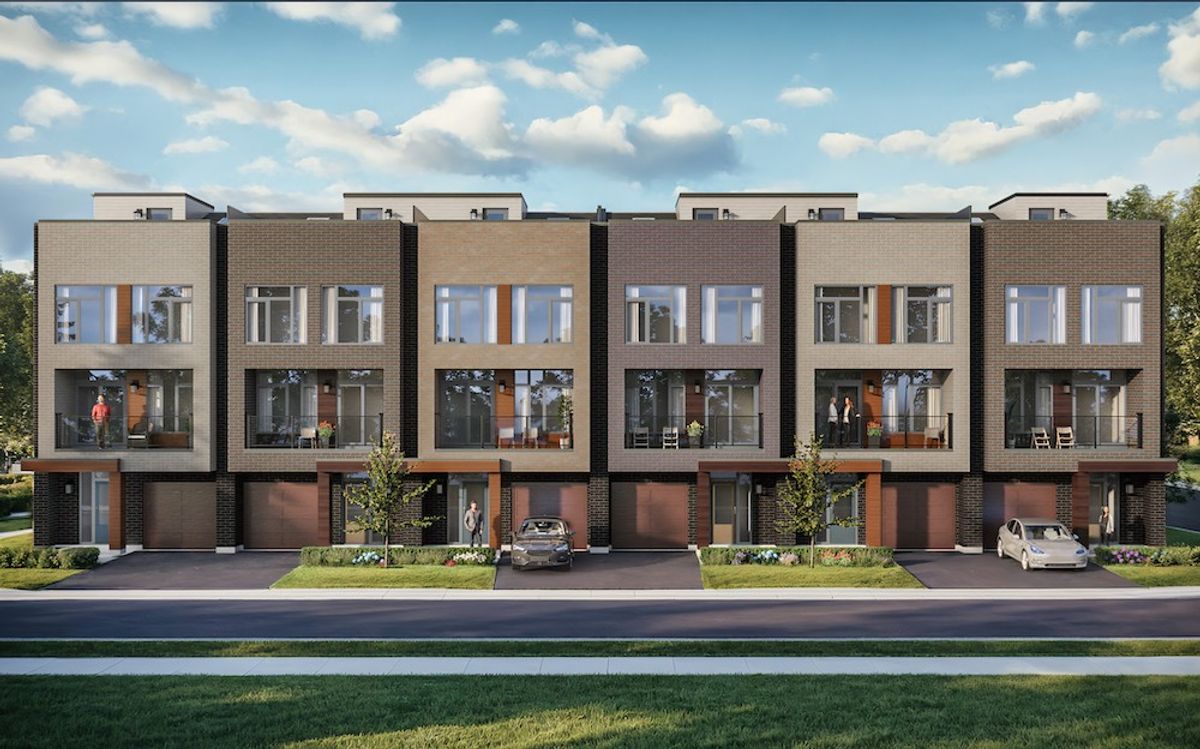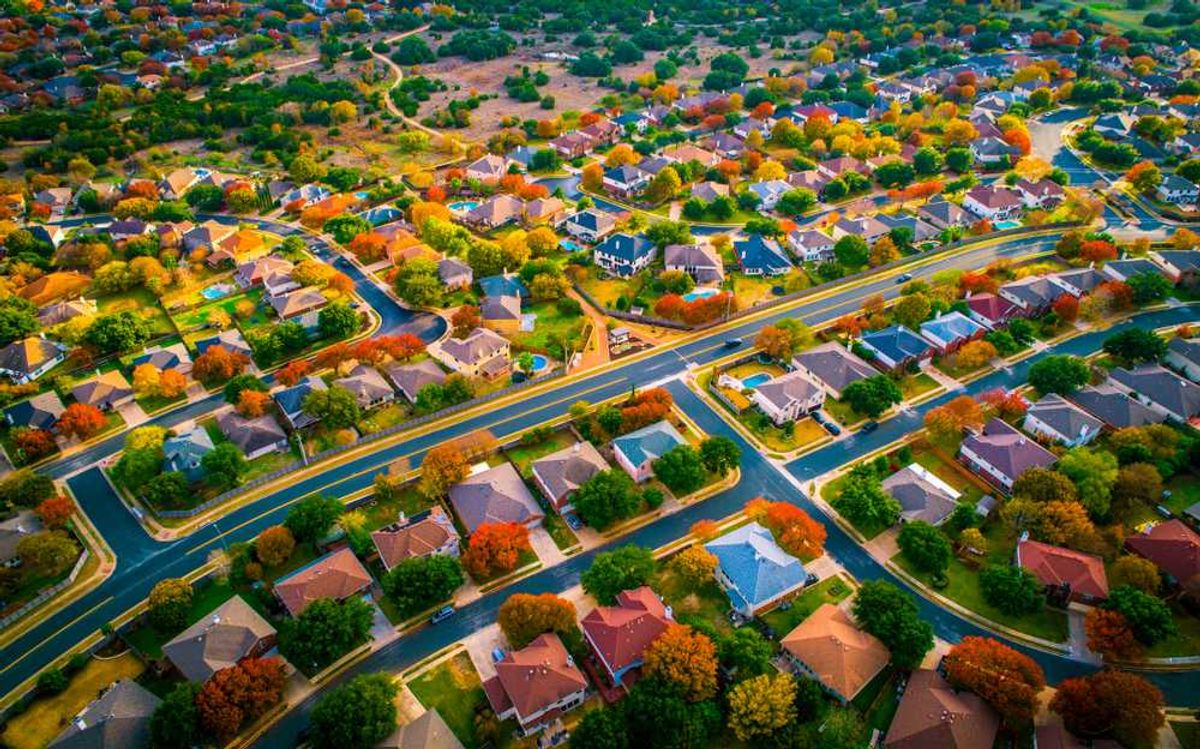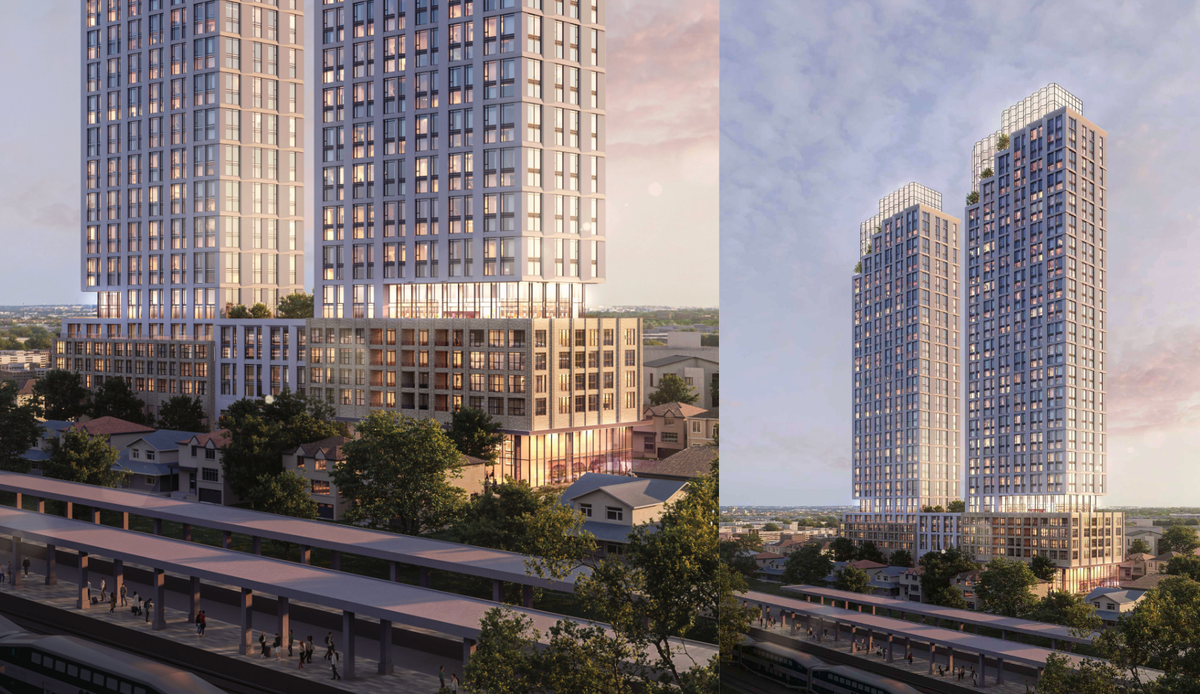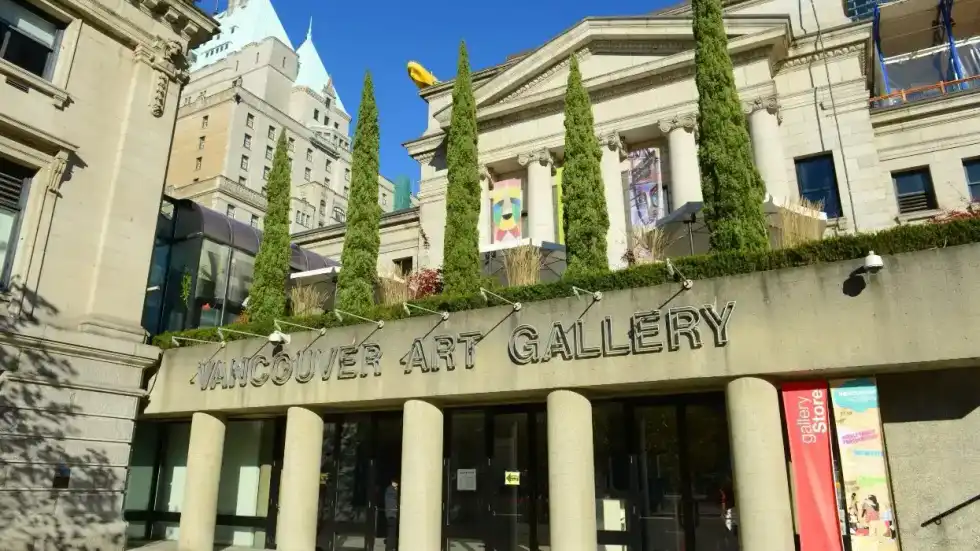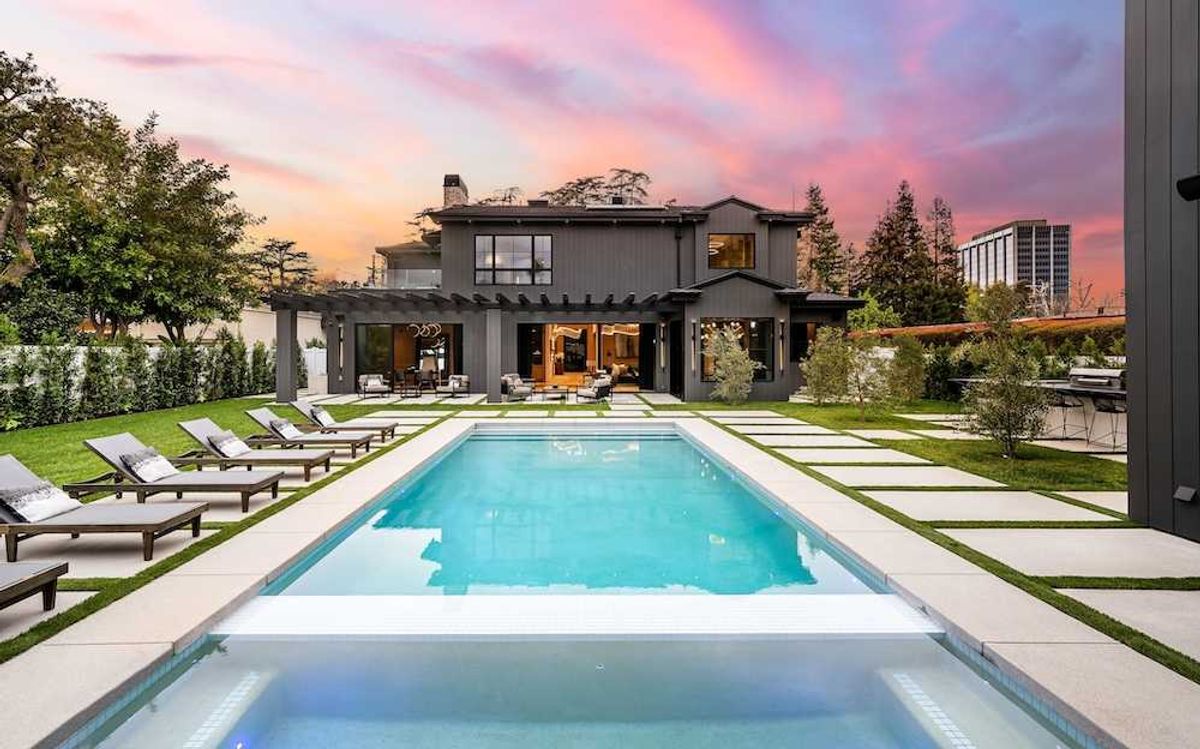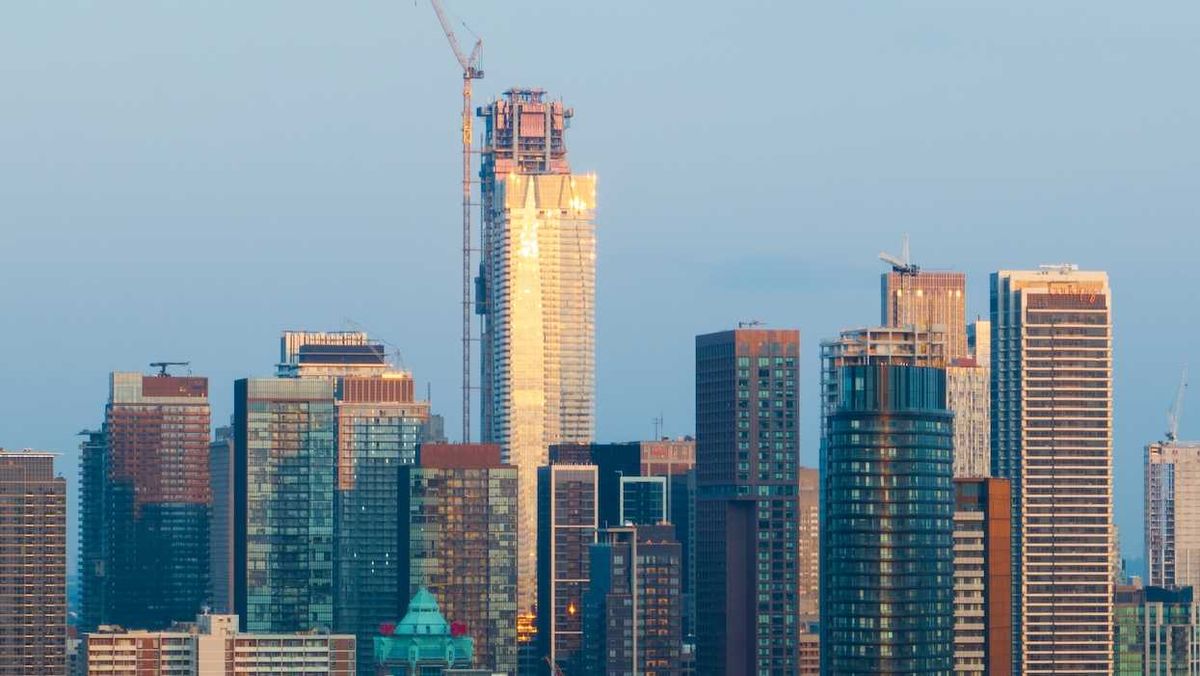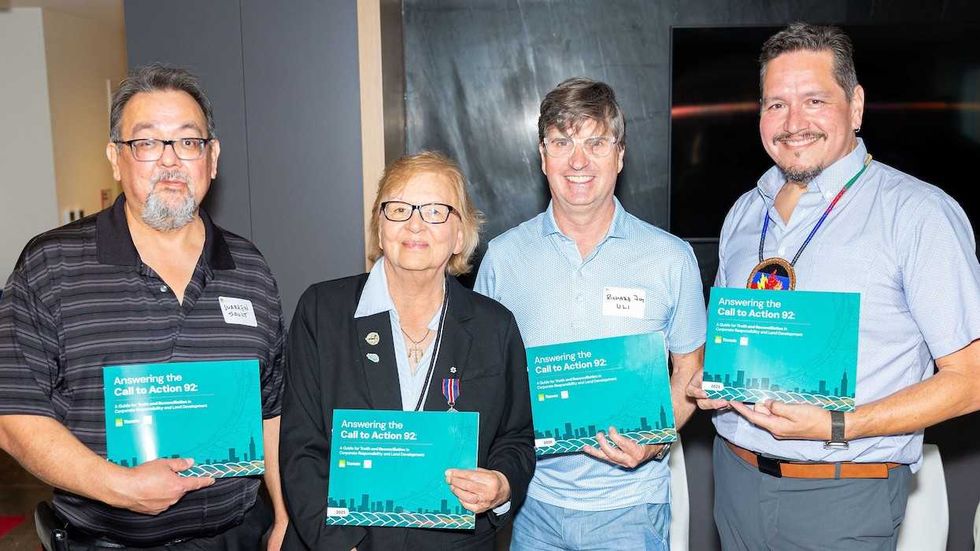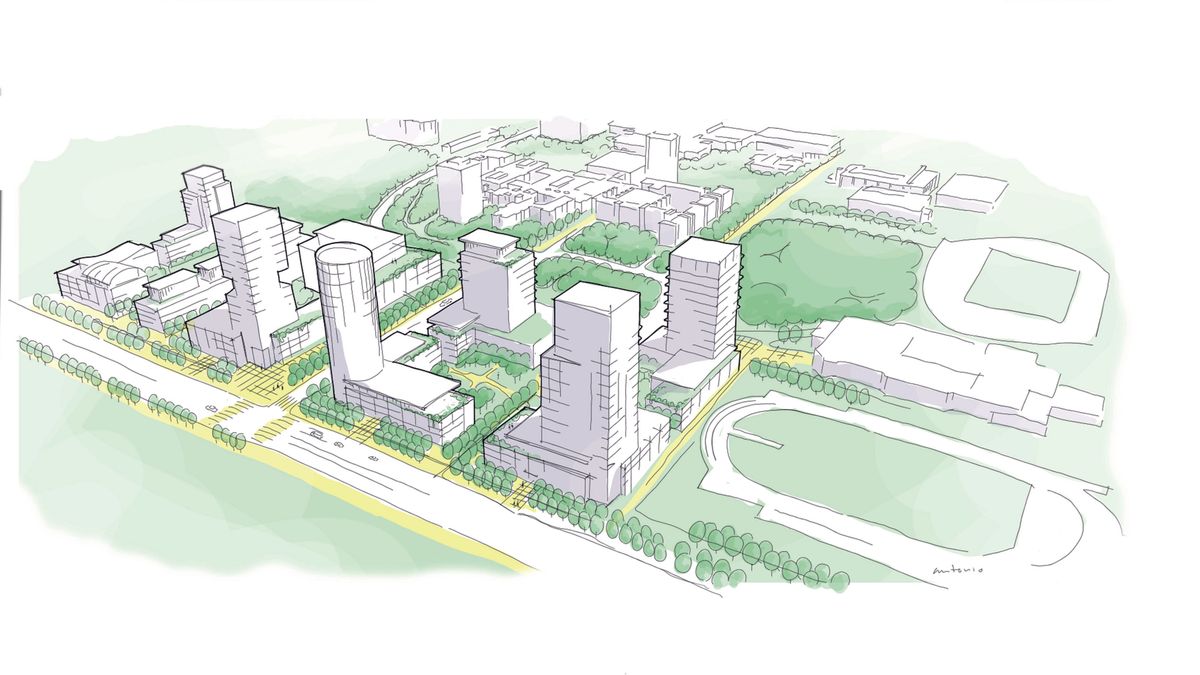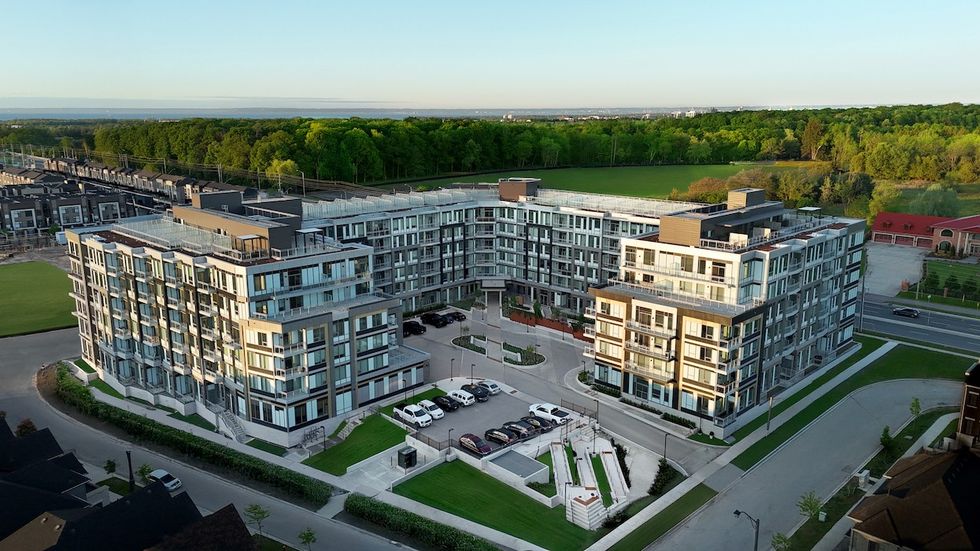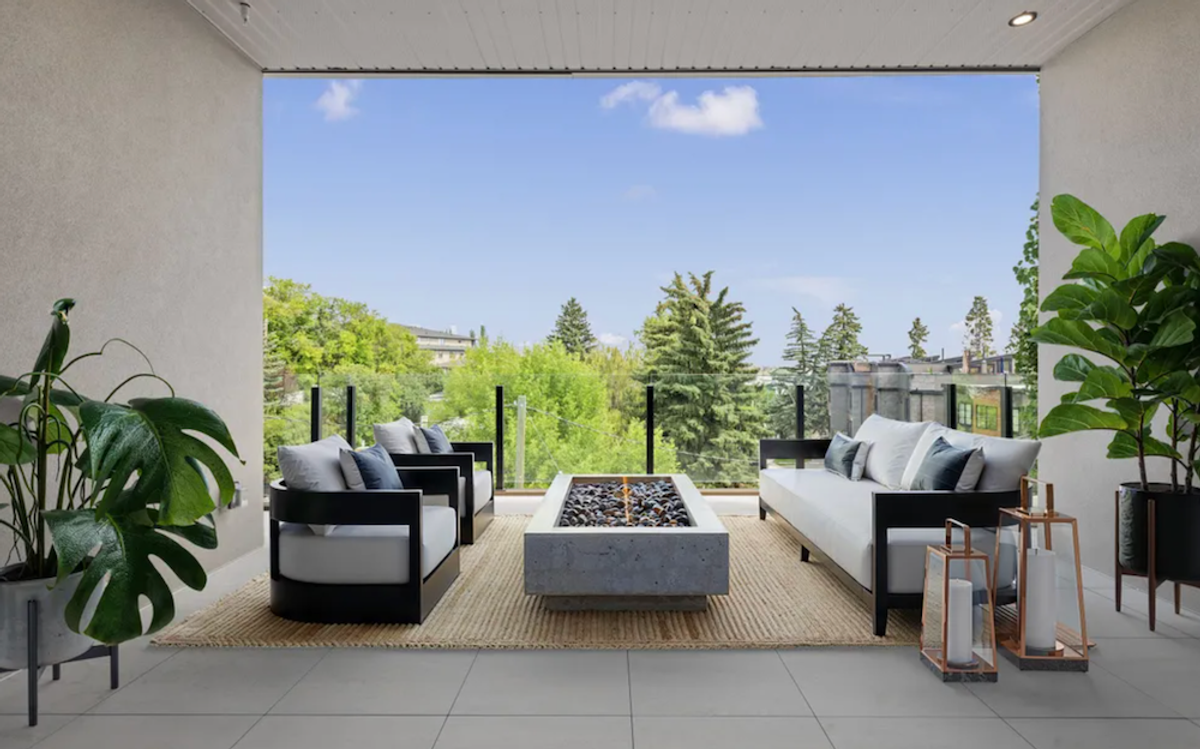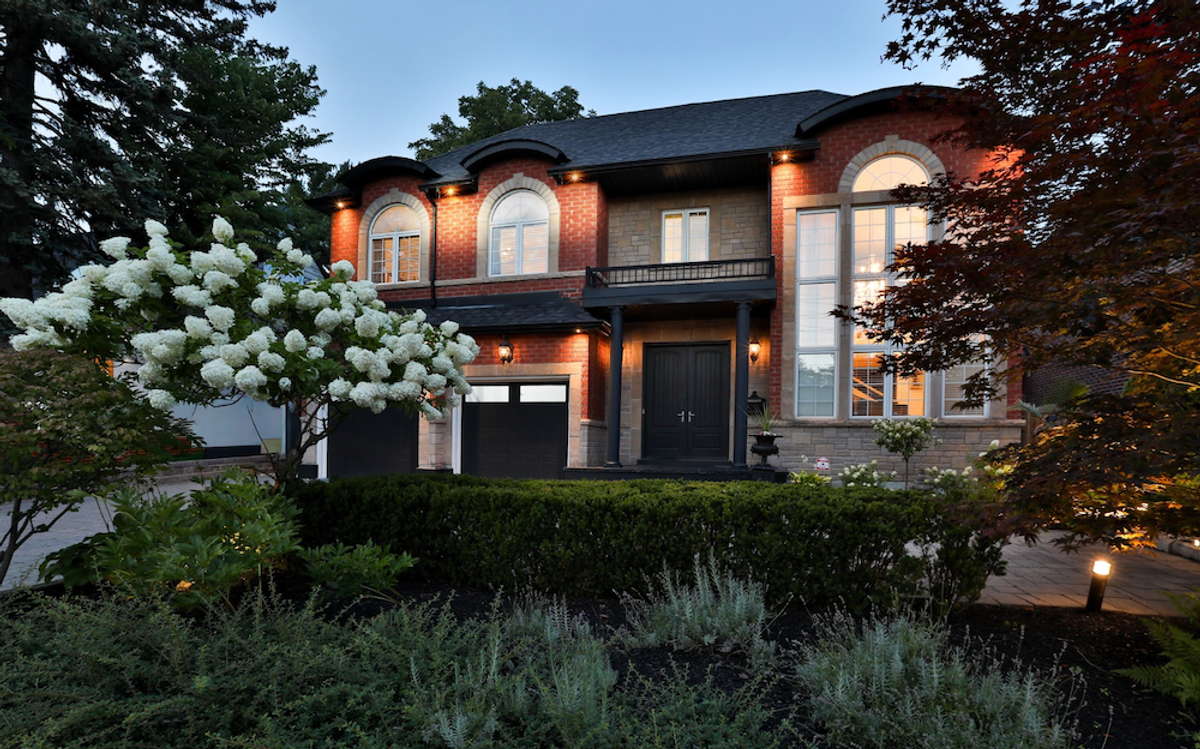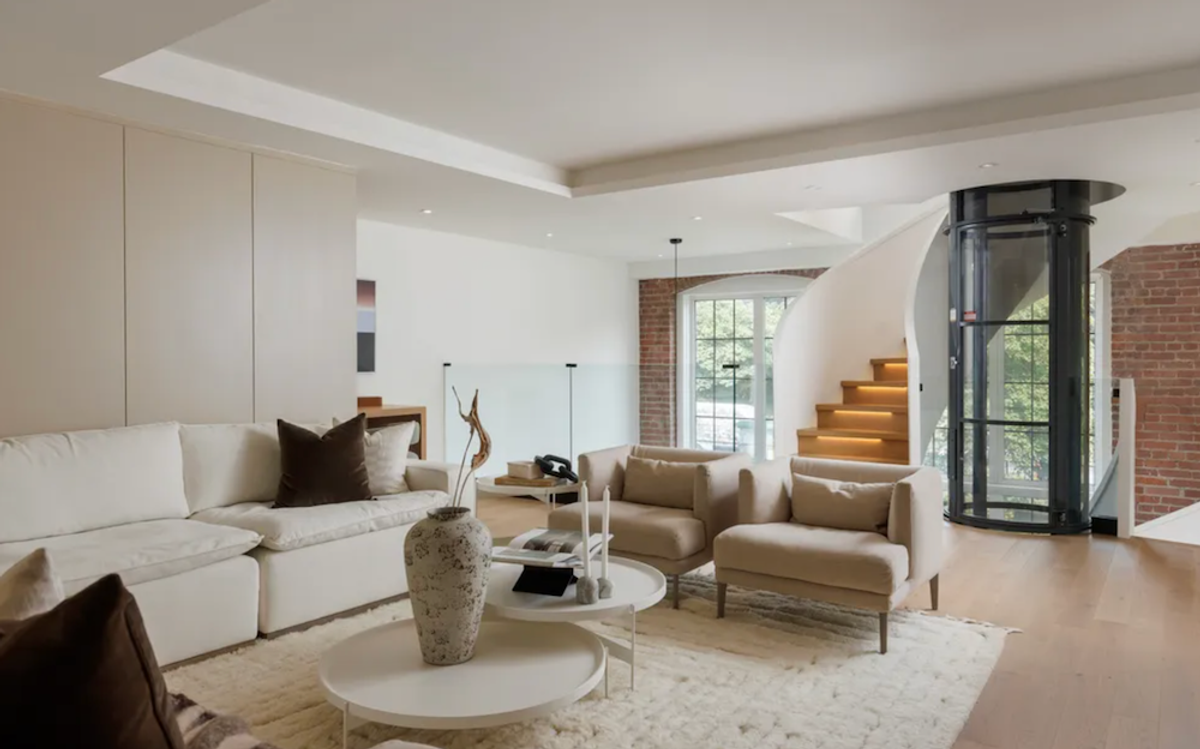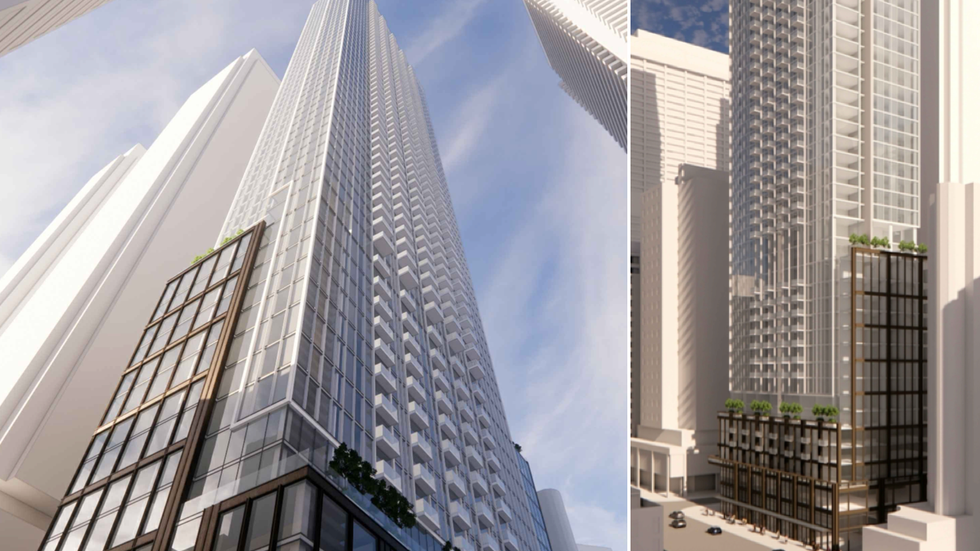“Toronto’s tower-in-the-park sites are one of the city’s greatest untapped housing resources,” says Tony Irwin, President and CEO of both Rental Housing Canada and the Federation of Rental-housing Providers of Ontario (FRPO).
Like many North American cities, Toronto is home to a large stock of “tower-in-the-park” apartment buildings: Towering residential buildings (many of which have seen better days) surrounded by expansive green spaces and ample surface parking. These post-war apartment neighbourhoods, particularly prevalent in Etobicoke, North York, and Scarborough, could soon see a major transformation and an influx of new residents.
“Toronto’s post-war tower-in-the-park high-rises were designed to meet rapid population growth and urban expansion, with a vision inspired by the planning ideals of the time,” says Irwin. “The goal was to house large numbers of people efficiently, while providing generous green space by situating high-rise buildings on expansive lots.”
Back then, this type of planning rationale made sense. “Most of Toronto’s apartment neighbourhoods were constructed between 1960-1980, in response to the population growth the city experienced during this period,” says Carla Tsang, Senior Planner, City of Toronto. “Apartment neighbourhoods are also the product of post-war era land use planning policy, which actively promoted high-rise construction in the expansion of new neighbourhoods in the suburbs to provide additional housing options, higher densities to maximize public infrastructure investment, and vast open space between buildings to offset the impacts of dense apartment housing conditions.”
The tower-in-the-park approach reflected a focus on car-centric living and an abundance of available land. This was decades before Toronto’s available land became a scarcity, a supply-side housing crisis became a reality, and reliance on the automobile became a thing of the past. Accordingly, the City of Toronto recently released its Apartment Infill Study, an initiative aimed at optimizing land use and increasing housing options within the city's existing apartment neighbourhoods. The core objective is to remove policy and zoning barriers that have historically hindered infill development in these areas.
“The Apartment Infill report and zoning bylaw, which will be considered by City Council on June 25-27, recommends zoning changes for infill townhouse permissions, conversion of underutilized space, and overcladding for tower renewal retrofits,” says Tsang, who is a lead on the study. “But future work is planned to develop planning tools for additional apartment infill opportunities city-wide and/or on a geographic-specific basis.”
Outgrowing The Park
With changing times, the Greater Toronto Area (GTA) has outgrown its tower-in-the-park model. Today, a growing population, coupled with an impossible-to-ignore housing crisis, has changed the way we look at these sites. While the goal of this type of design was to offer light, air, and green space to enrich the lives of residents, the reality is that this often resulted in isolated, car-reliant communities with poor street engagement and underutilized land.
These towers-in-the-park sites are now seen as a critical opportunity for infill development at a time when the narrative continues to be that we need as much housing supply as we can get. The Province of Ontario has a target of creating 285,000 new homes in Toronto by 2031 – one critics say it won’t reach without change. So, Toronto’s urban planners and developers have their sights set on unlocking the potential for gentle density on these sites. Doing so, they say, will address Toronto’s housing shortage, enhance neighbourhood vitality, and create more complete and connected communities.
“Toronto’s population has continued to increase, land has become more scarce and valuable, and our housing needs have shifted,” says Irwin. “The tower-in-the-park model often results in significant underused land at a time when gentle density and complete communities are urgently needed.” Irwin says that optimizing these sites is a practical way to add more homes, improve infrastructure, and offer greater housing choice – all while making better use of existing land and services.
“As the approach to planning policy has shifted to encourage more active modes of transportation such as public transit, cycling, and walking, the surface parking and some underutilized open space portions of tower-in-the park sites provide potential opportunities for infill development to accommodate additional housing and other amenities to support complete communities,” says Tsang. “This includes more active uses at grade, public realm improvements, access and walkability through sites, and preserving tree canopy.” The result is connected and complete communities – most, on transit lines – that feature more housing options (including affordable rental housing) and an enhanced quality of life for residents.
Architect and Toronto Metropolitan University urban planning professor William Galloway says Toronto should look to the future with a goal-oriented approach. “The thing all great cities have is a way to intensify (i.e., add more and varied kinds of activity in an area) when needed, and this is one way to create legal room for that to happen,” he says. “Toronto's planning has, until recently, forced us all to live in something like a first draft plan of the city, with no good mechanisms to update things when it turns out we got something wrong, or when the way we live is changing. That creates a lot of stress on the system, and on us too, not incidentally. A more open regulatory system gives us the chance to try for a second, third, and fourth draft, and to develop our cities as we live in them.” As such, Galloway calls the proposed infill change a useful one. “It is great that this particular policy also goes along with several more, all aimed at giving the city more flexibility to build housing where needed,” he says.
Unlocking The Park's Potential
You don’t have to look too far to find a tower-in-the-park in the Greater Toronto Area (GTA). There are hundreds of tower-in-the-park sites across Toronto, many of which were identified in FRPO and Urbanation’s 2020 and 2025 Rental Market Study Reports as having significant infill potential. Gentle densification on these sites could produce tens of thousands of new homes. According to FRPO’s research, of 1,715 existing purpose-built rental sites across the Greater Toronto and Hamilton Area (GTHA), 55% — or 942 sites — have sufficient land to accommodate infill development. Of those 942 sites, 36% are transit-oriented.
“Appropriate sites are not exclusive to one part of the city,” says Irwin. “They’re found in areas like Etobicoke, North York, Scarborough, and York, as well as pockets in central Toronto. Many of these properties feature large setbacks, surface parking lots, or expanses of lawn that are rarely used to their full potential. For instance, the studies identified over 900 sites across the GTA that could accommodate infill, with the potential for more than 180,000 new rental units, many on land already owned by rental housing providers.” With the pressing need for housing and high cost of acquiring land, Irwin says it's essential to identify sites that can accommodate more housing on land that is already owned. "New housing can add much-needed family-sized and accessible units, diversify the housing stock, and support complete communities, all while retaining much of the existing green space and amenities," he says.
According to Tsang, while there may be opportunities for infill housing on certain apartment sites located across Toronto, applications submitted to the City of Toronto between 1999 to 2023 indicate notable development trends. “Most apartment infill applications were received in Toronto-East York, North York, and Etobicoke York community planning districts,” says Tsang. “Areas of the city with the highest rents (Downtown, Midtown, and North York) received the highest number of infill applications. These applications are often located within 500 metres of existing or funded higher order transit.”
Regardless of location, the new infill buildings are proposed on areas of the site currently used for surface parking, driveways, and open space, says Tsang. “Apartment infill development can come in the form of low-rise, mid-rise and, where appropriate, tall buildings, as well as building additions to the existing apartment on-site,” she says. “The appropriate form of infill housing depends on many factors, including (but not limited to) the size and shape of the site, the location of the existing apartment building on the property, developable areas of the site with public street frontage, location of mature trees, and the scale of buildings on surrounding properties.” According to Tsang, infill housing in Apartment Neighbourhoods must meet all relevant Official Plan policies, including the development criteria for Apartment Neighbourhoods and related policies on housing and rental demolition and replacement.
Galloway says the tower-in-the-park revamp should extend beyond housing. “If I were to critique the proposed planning change, I feel we would be even better served by more mixed-use planning, not just additional housing,” says Galloway. “Green space helps with well-being no doubt, but so does a walkable neighbourhood, and the ability to go to the doctor, buy groceries, and meet all the tasks of daily life without having to travel across the city, or be dependent on cars.”
Growing Pains And Goodbye Green Space(?)
There’s no sugarcoating the fact that apartment infill projects can have negative impacts on existing residents. These can range from noise and dust from construction to parking concerns, relocation, evictions, and difficulty returning to units for tenants who are displaced during demolitions and renovations.
To mitigate this, Tsang points to the City’s framework to support tenants through redevelopment, including the new Rental Renovation License By-law which comes into effect on July 31, 2025, and Rental Housing Demolition Permit application requirements. The City also provides a number of programs to assist renters, including referrals to non-profit service providers, she highlights. “As new infill buildings can be proposed on existing surface parking on apartment sites, this study will examine opportunities to balance maintaining access to parking to meet mobility needs of residents with opportunities for new infill housing,” Tsang continues.
Another understandable concern is the loss of green space – something proven to benefit mental health – and the loss of important tree canopy. "Green space and tree canopy are essential for resident well-being and community health," says Irwin. "That’s why infill should focus on 'gentle density' and smart design, preserving the most valuable open spaces and mature trees while introducing new housing. Many sites have surplus or underused land where new buildings can be added with minimal impact on existing green space. The City’s Apartment Infill Study and FRPO’s own research emphasize the importance of maintaining a balance and adding homes without sacrificing the environmental and recreational benefits that green spaces provide."
Tsang acknowledges that, during public consultation for the study, the potential loss of green space, tree canopy, and the outdoor amenities through the construction of new infill buildings was raised as a concern. “The Official Plan policies for Apartment Neighbourhoods provides that compatible infill development may be permitted on an existing apartment site, if the development improves existing site conditions through improving upon the quality of landscaped open space and outdoor amenity space for residents, including the preservation or replacement of significant landscape features,” says Tsang.
According to Galloway, the sites are large enough to have meaningful green space and also create a better place to live for everyone in the neighbourhood. “Green space is important, and we should have more of it in the city,” says Galloway. “But green space (and open spaces) need to be designed well and should be vetted by quality more than quantity. There are a lot of great architects and planners in Toronto right now and there is no reason we cannot have quality green space and build more housing at the same time. Looking from a slightly different perspective, adding buildings to many of the sites offers the possibility of more human life and activity at the pedestrian level, and that is an important part of making a strong livable city.”
